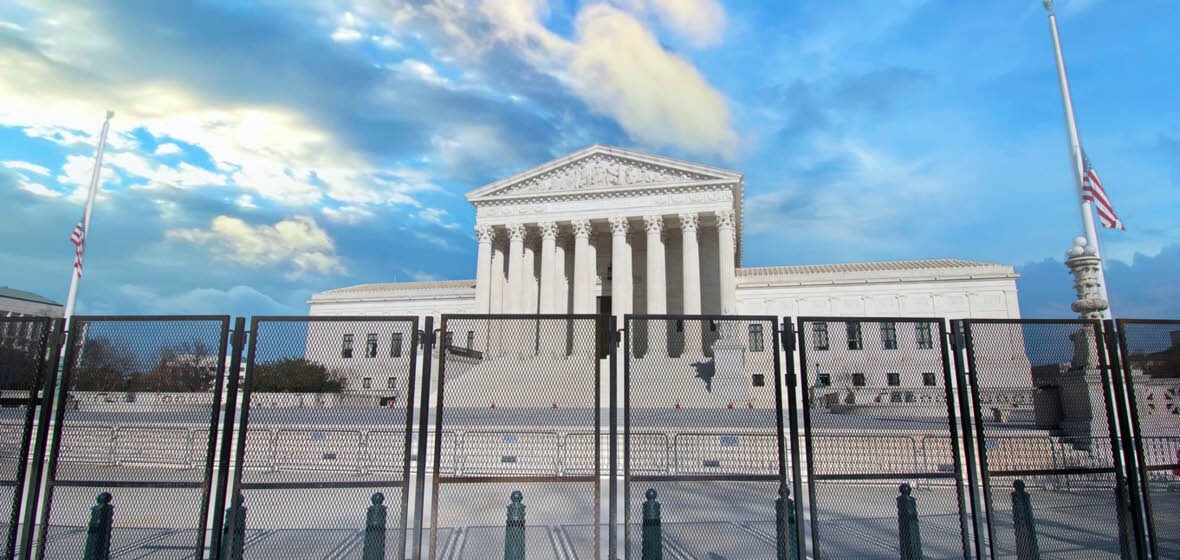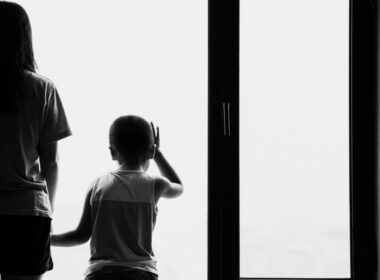The American public doesn’t typically pay attention to the Court but they have [now] sent a message. But the real burning question is: is the Court prepared to listen? Or is it following what I call a rogue agenda that these majority justices just happen to embrace in their private lives as well as their professional roles?
The latest American polls show confidence in the US Supreme Court has plummeted, and this, according to a leading legal academic, was brought into sharp relief by voters’ priorities in the recent midterm elections.
Linda Greenhouse, senior research scholar at Yale Law School and former award-winning New York Times Supreme Court correspondent, led a joint public lecture titled ‘A Rogue Court in a Fragile Democracy’, presented by The Law Society of NSW and the Royal Society of NSW. In this lecture, which examined how the US Supreme Court came to diverge so sharply from the will of the people, Greenhouse raised several contentious topics.
Greenhouse says Americans have sent a “clear message” to the Court about how out of touch it is with the public, particularly in the wake of its decision to overturn Roe v Wade in June.
Although two-thirds of the American public wanted to retain a constitutional right to abortion, a five-member majority of the nine-member Court proceeded to overturn Roe with the declaration that the 49-year-old precedent was “egregiously wrong from the beginning”. Within weeks, abortion became illegal or functionally unavailable in half of the 50 states.
This reality played out across the country during the midterms in early November, with abortion referendums on the ballot in five states, and voters taking a pro-choice position in every state. Greenhouse says the election has instilled hope that the public is attentive for the “first time in a long time”.
“The American public doesn’t typically pay attention to the Court but they have [now] sent a message. But the real burning question is: is the Court prepared to listen? Or is it following what I call a rogue agenda that these majority justices just happen to embrace in their private lives as well as their professional roles?” Greenhouse says.
“The court has broken a tacit bargain made with the American people coming out of the ‘new deal crises’ of the 1930s. That bargain went something like this: in return for all the power you give us, we give you predictability, stability, and stars to steer by. No longer. It’s now: you take what five or six of our votes give you. That’s a threat not only to the court, but to democracy.”
“Because Supreme Court decisions come clothed in the trappings of authority, the public is primed to regard them as authoritative. But look by contrast at what has happened in the four months since the Court decided Dobbs [overturned Roe]. Although the Court eradicated the constitutional right to abortion, support for the right has risen, particularly among Catholics.”
The Democrats have retained control of the Senate after the election, which could provide optimism about President Joe Biden’s future. However, the Republicans have narrowly won back control of the House of Representatives. Many expected the outcome to be a “red wave of wins”, but this ultimately failed to materialise. This has set the scene for a showdown with Biden in the next two years of his presidency.
 Linda Greenhouse, senior research scholar at Yale Law School
Linda Greenhouse, senior research scholar at Yale Law School
While the US Supreme Court has no impact on Australian legislation, Greenhouse says the global legal community has been both fascinated and perplexed watching the current politics in the US break the connection between the Court and the American people.
“How did we get here? People from overseas I’ve spoken to are desperately puzzled about how it came to this in the US. The capture of the Court during the Trump years is a symptom, not a cause, of our problems. It is a description but not an explanation.”
“The title of my presentation is a little edgy. Perhaps as the result of our midterm elections, our democracy is not quite as fragile as I thought. But it certainly has been under stress. The stress was due in no small measure to the behaviour of our Supreme Court.”
Greenhouse referenced a study done by Gallup – an American analytics and advisory company – which revealed Republican support for the Supreme Court is now over 70 per cent, while support from Democrats is the smallest level ever identified.
“The partisan gap is the biggest that’s ever been seen. Instead of a stabilising force, the court has become a profoundly destabilising one. It’s a substantial divergence from where most Americans are, as we saw in the midterm elections,” Greenhouse says.
Another poll issued by the Pew Research Centre revealed an intriguing generation gap in attitudes towards the court. Across all demographic categories – including sex, race and education – the single biggest predicter of a negative opinion about the Supreme Court was youth. Sixty-three per cent of those aged 18-29 held an “unfavourable view of the court”. By contrast, those aged 50 and over retained a positive view.
“The Pew researchers didn’t offer an explanation for this result. But I think it could well be that the memory of the Court from the days when it sat benignly above politics still carries weight with older Americans. It is built into the DNA of how we think about the court. But, lacking such a memory, the cynical younger generation only knows what it sees,” Greenhouse says.
Greenhouse unpacked the makeup of the Supreme Court, looking at individual Justices and their ties to parties, particularly the “Trump Justices”, the three appointed by Donald Trump: Neil Gorsuch, Brett Kavanaugh and Amy Coney Barrett. Greenhouse says this has further hindered the American public’s trust in the Court because they now see its purpose as one tied to political agenda.
“All six of the conservatives on the Court were appointed by Republican presidents. The three liberals were appointed by Democratic presidents. There is no crossover anymore. There used to be a good deal of cross over so the public could look at the court and not see justices who were there to carry out a particular president’s agenda,” Greenhouse says.
“To say that the Supreme Court is in crisis may sound alarmist. The 2022–23 Tour began as usual on the first Monday in October, the courtroom is open to the public for the first time since the pandemic, justices are in their customary places and doing their customary job of accepting new cases for argument and decision. But look behind that façade of normality and consider how much has changed and how quickly.
“One consequence of this past year is that I think we are now free to see the Supreme Court as it is, not as we might wish it to be.”




